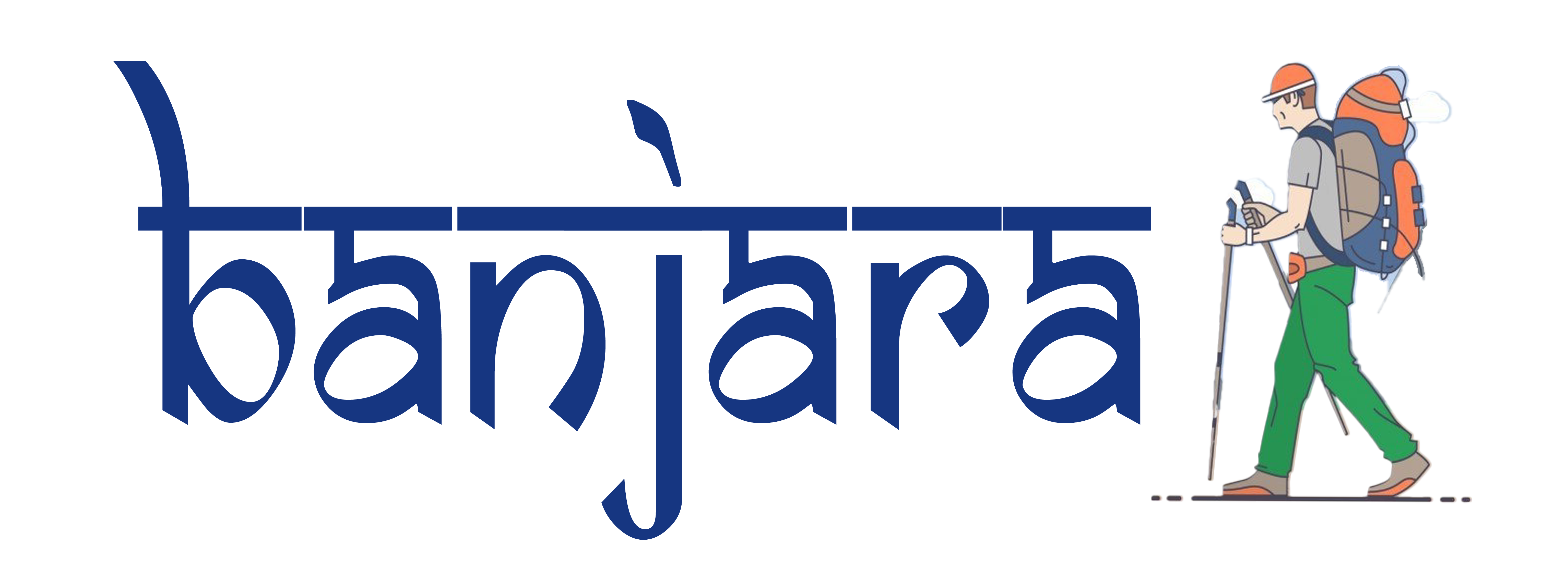India has witnessed the onset of a fresh COVID‑19 wave beginning in late May 2025, driven largely by multiple emerging Omicron sub‑variants. Surveillance data show active cases climbed from a mere 257 on May 22 to over 5,300 by early June, reaching 6,133 active cases as of June 8
livemint.com
Analysts trace the surge back to the spread of several sub-lineages—LF.7, XFG, JN.1, and notably NB.1.8.1. LF.7 and JN.1 have played key roles within India, while NB.1.8.1 emerged globally and gained footholds in countries like the UK, US, Australia, Thailand, China, and Hong Kong
aljazeera.com
. The rapid rise in cases aligns with similar upticks in Southeast Asia, particularly Singapore and Hong Kong, where JN.1-driven waves have also recently receded
Who Is Affected?
States at the Epicenter
Kerala remains the most impacted, accounting for nearly 1,950 active cases of the national total
Gujarat follows closely, with over 822 active cases
West Bengal, Delhi, Maharashtra, Karnataka, and Tamil Nadu are also reporting rising case counts
Major cities—Delhi, Mumbai, Bengaluru, Chennai, and Ahmedabad—have all issued advisories, with authorities reminding citizens and healthcare systems to ramp up precautionary measures
Mild but Not Harmless
Despite the rise, most cases remain mild, akin to seasonal flu. Over 90% of patients, especially those with only influenza-like illness, recover in three to five days
. The Ministry of Health confirms that severe cases are still uncommon and are typically linked to pre-existing health conditions such as hypertension, diabetes, ischemic heart disease, chronic kidney disease, or respiratory ailments
The Toll: Rising Fatalities
While mortality remains low, India recorded six COVID-associated deaths over the 24‑hour period ending June 8:
Kerala: 3 deaths
Karnataka: 2 deaths
Tamil Nadu: 1 death
These fatalities involved individuals with multiple comorbid conditions, such as respiratory failure, sepsis, cor pulmonale, and chronic kidney disease—highlighting that the virus still poses a threat to the vulnerable
timesofindia.indiatimes.com
.
Since January 1, 2025, the death toll from COVID in India has reached 65
Government Readiness & Health Measures
In response to the surge:
The Union Health Ministry has organized mock drills across states and instructed them to ensure adequate oxygen, isolation beds, ventilators, and essential medicines
Technical meetings under the Director General of Health Services took place on June 2–3 to assess preparedness
Surveillance for Influenza-Like Illness (ILI) and Severe Acute Respiratory Infection (SARI) has been intensified under the Integrated Disease Surveillance Programme
Delhi has issued advisories urging hospitals to stock up on beds, oxygen, medicines, and prioritize vaccination
Authorities continue to urge cautious vigilance—balancing preparedness with the message that there’s no need for panic.
Symptoms & Diagnosis
Since many symptoms of COVID overlap with common viral infections (e.g., fever, fatigue), experts are advising more nuanced symptom monitoring:
Watch for cough, shortness of breath, loss of smell/taste
High-risk groups—elderly, immunocompromised, or those with chronic conditions—should be particularly alert
Testing is recommended for persistent symptoms; healthcare providers are being urged to differentiate COVID from other circulating respiratory illnesses.
Lessons from Southeast Asia
India’s trajectory mirrors recent surges in Southeast Asia. Singapore and Hong Kong experienced rapid case growth driven by JN.1 and other sub-variants, though most cases remained mild
. Travel advisories for international movement highlighted the importance of personal vigilance, mask-wearing in crowds, and being updated on local policies .
Vaccine & Immunity Landscape
By early 2025, India had administered over 220 crore vaccine doses, including boosters and pediatric shots
covid19india.org
. While vaccine-induced immunity and hybrid immunity from prior exposure likely continue to reduce the severity of illness, these newer Omicron sub-variants exhibit enhanced transmissibility.
Although current variants are classified by the WHO under “Variants Under Monitoring”, their spread underscores the need for booster doses, particularly for high-risk populations.
What Lies Ahead?
Further Case Surveillance
Continued tracking of ILI/SARI through surveillance networks will be critical to detect any escalation in severe cases.
Vaccine Strategy
Push for booster coverage among elderly, healthcare workers, and immunocompromised individuals.
Public Health Messaging
Reinforce simple prevention: hygiene, masks in crowded public spaces, staying home if symptomatic, and timely testing.
Healthcare Readiness
Maintain resources like oxygen, antiviral drugs, and bed capacity in hospitals.
Public Advisory: What You Can Do
Stay alert for symptoms—especially cough, breathlessness, loss of taste/smell.
Get tested promptly if symptoms persist; consult doctors early.
Mask up in crowded spaces, particularly if unwell or at high risk.
Clean surfaces, wash hands, and maintain basic respiratory hygiene.
Get vaccinated or boosted, if you haven’t recently, especially with comorbidities.
Follow local advice and adhere to any temporary restrictions or healthcare guidelines.
In Conclusion
India’s COVID‑19 situation in June 2025 reflects a mild but notable wave, primarily propelled by Omicron sub-variants like NB.1.8.1, LF.7, JN.1, and XFG. Although the majority of cases are mild and manageable, the recent 6 deaths underscore a continued threat for vulnerable individuals. The surge is significant enough to trigger heightened surveillance, preparedness exercises, and health system readiness.
Compared to the devastating waves of 2020–21, the current situation is far more controlled—but not insignificant. With vigilance, vaccination, and proactive healthcare measures, India is well-equipped to navigate this phase without resorting to stringent interventions.
Let me know if you’d like an expanded version, state-specific data, or visuals included!




